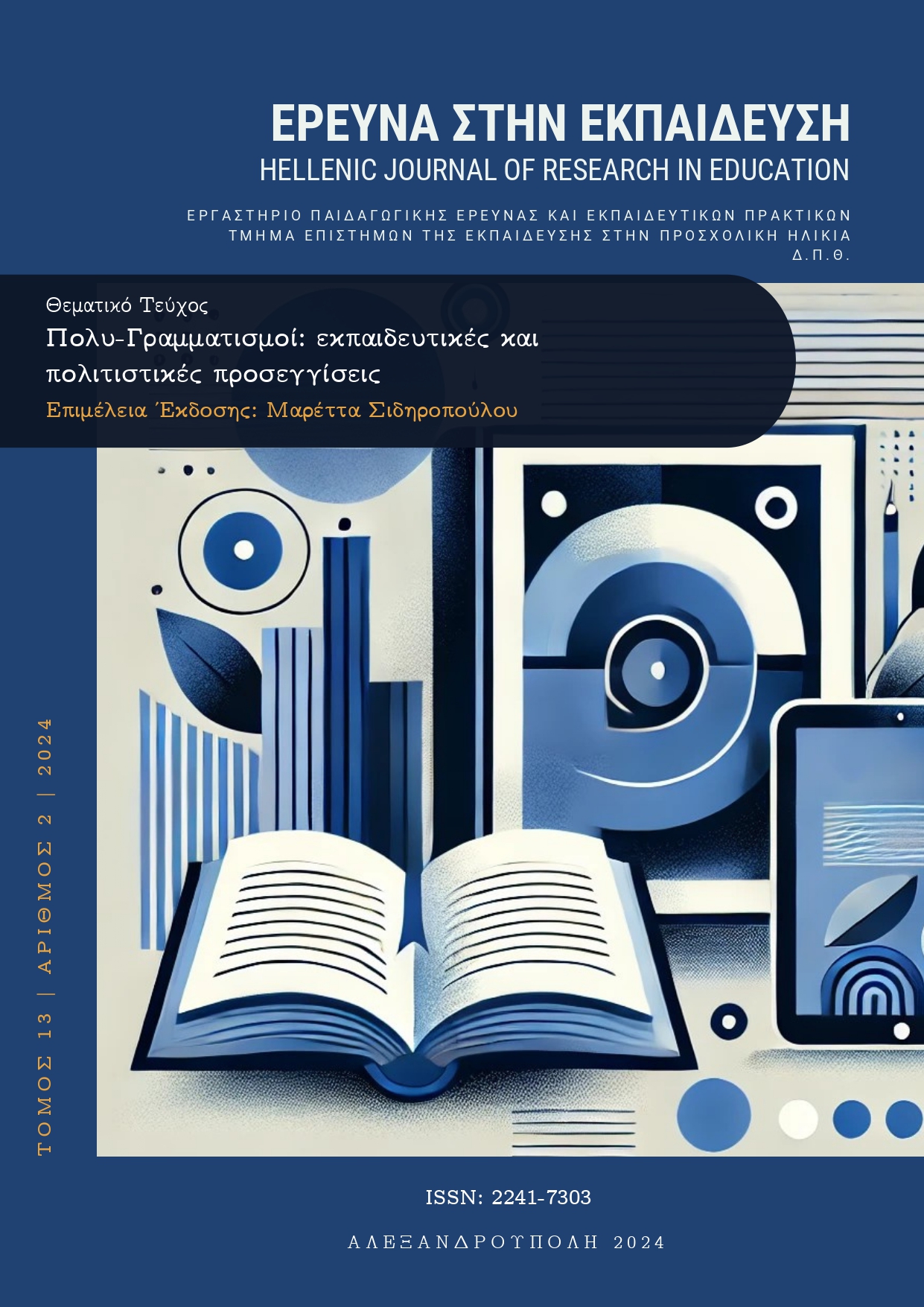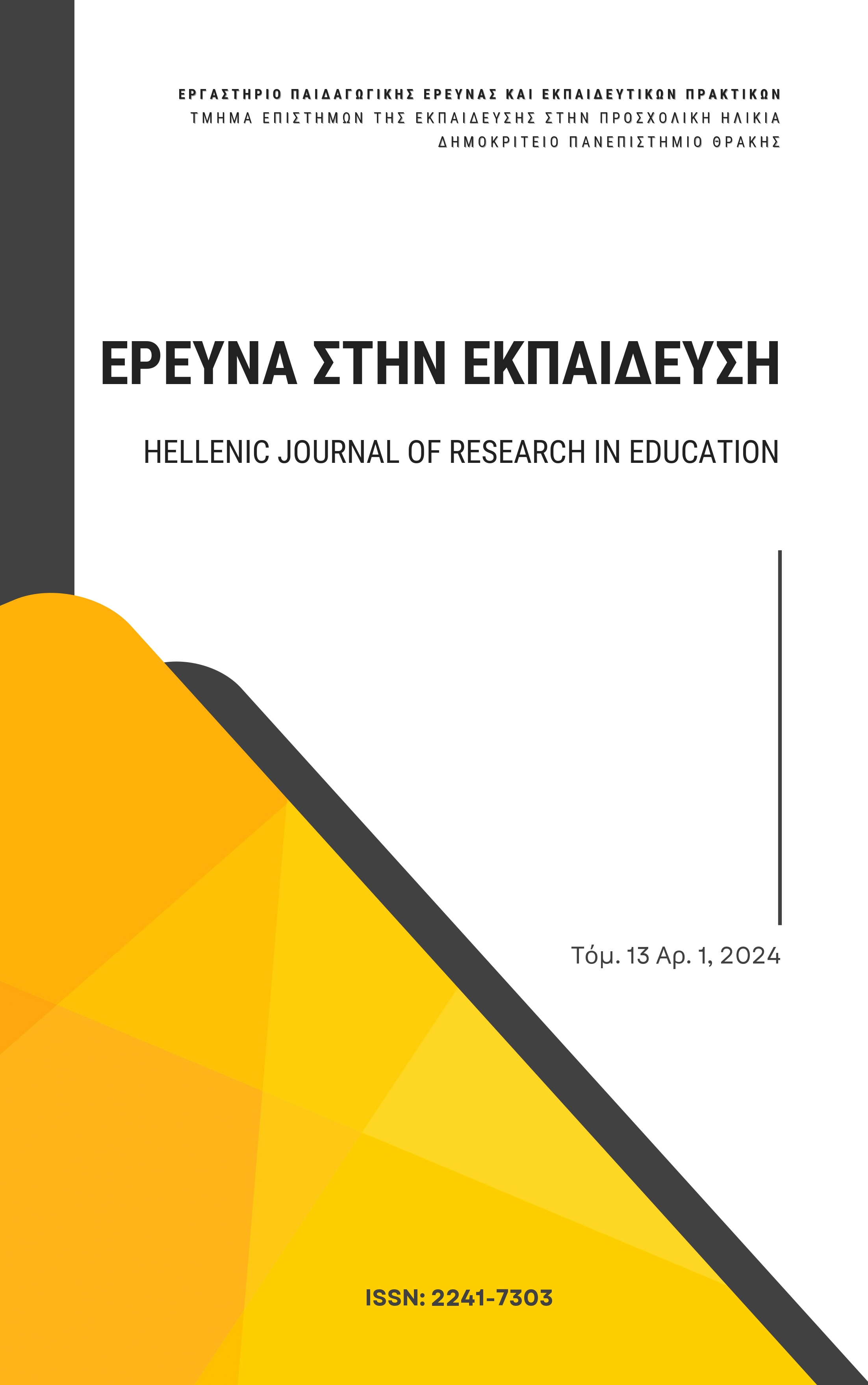Enriching literacy approaches for children with Autism Spectrum Disorder (ASD) with elements of Multiliteracies

Abstract
Literacy refers to an individual's overall ability to read, write, and comprehend written language. Literacy skills include letter recognition, understanding the meaning of words and sentences, composing accurate sentences and paragraphs, as well as the ability to communicate with others through written language. The development of literacy skills is an important area of study, as it helps individuals function independently in educational, professional, and personal contexts.
Research on children with Autism Spectrum Disorder (ASD) has highlighted the significant heterogeneity observed in their literacy skills, just as their linguistic and cognitive abilities vary. Regarding their reading abilities, children with ASD may face significant challenges and difficulties, especially those with low linguistic abilities. However, there are also studies that do not identify difficulties in the reading ability of children on the spectrum, but rather highlight poor reading comprehension. Similarly, children with ASD often exhibit a range of different abilities in spelling, as some children demonstrate age-appropriate skills, while others struggle with spelling.
The aim of this paper is to describe the diversity in the literacy skills of children on the spectrum, presenting contemporary research data and providing possible interpretations for these conflicting findings. In terms of practical implications, it is important to understand why some children with ASD achieve good literacy skills while others face serious difficulties, in order to provide appropriate intervention and support to ensure that all children reach their full potential.
Article Details
- How to Cite
-
Papoulidi, A. (2024). Enriching literacy approaches for children with Autism Spectrum Disorder (ASD) with elements of Multiliteracies. Hellenic Journal of Research in Education, 13(2), 92–108. https://doi.org/10.12681/hjre.37314
- Section
- Articles

This work is licensed under a Creative Commons Attribution-NonCommercial-ShareAlike 4.0 International License.
Authors who publish with this journal agree to the following terms:
- Authors retain copyright and grant the journal right of first publication with the work simultaneously licensed under a CC-BY-NC-SA that allows others to share the work with an acknowledgement of the work's authorship and initial publication in this journal.
- Authors are able to enter into separate, additional contractual arrangements for the non-exclusive distribution of the journal's published version of the work (e.g. post it to an institutional repository or publish it in a book), with an acknowledgement of its initial publication in this journal.
- Authors are permitted and encouraged to post their work online (preferably in institutional repositories or on their website) prior to and during the submission process, as it can lead to productive exchanges, as well as earlier and greater citation of published work (See The Effect of Open Access).



